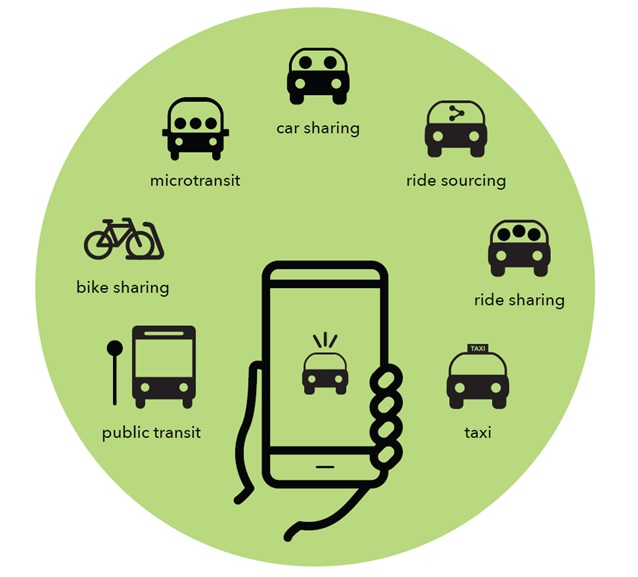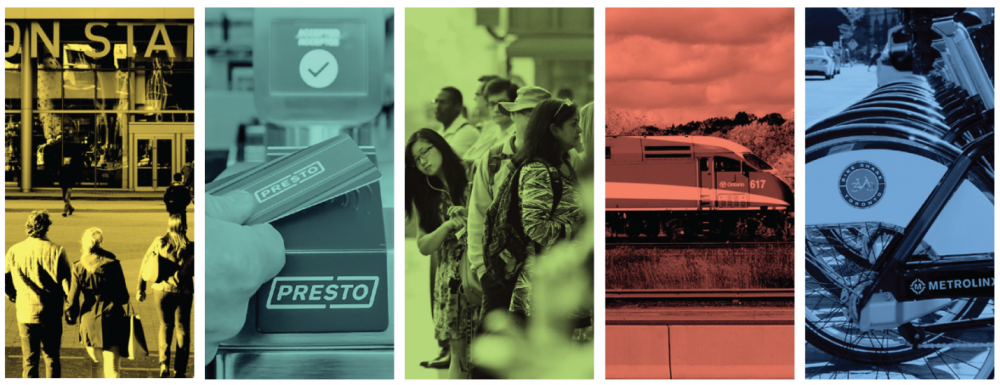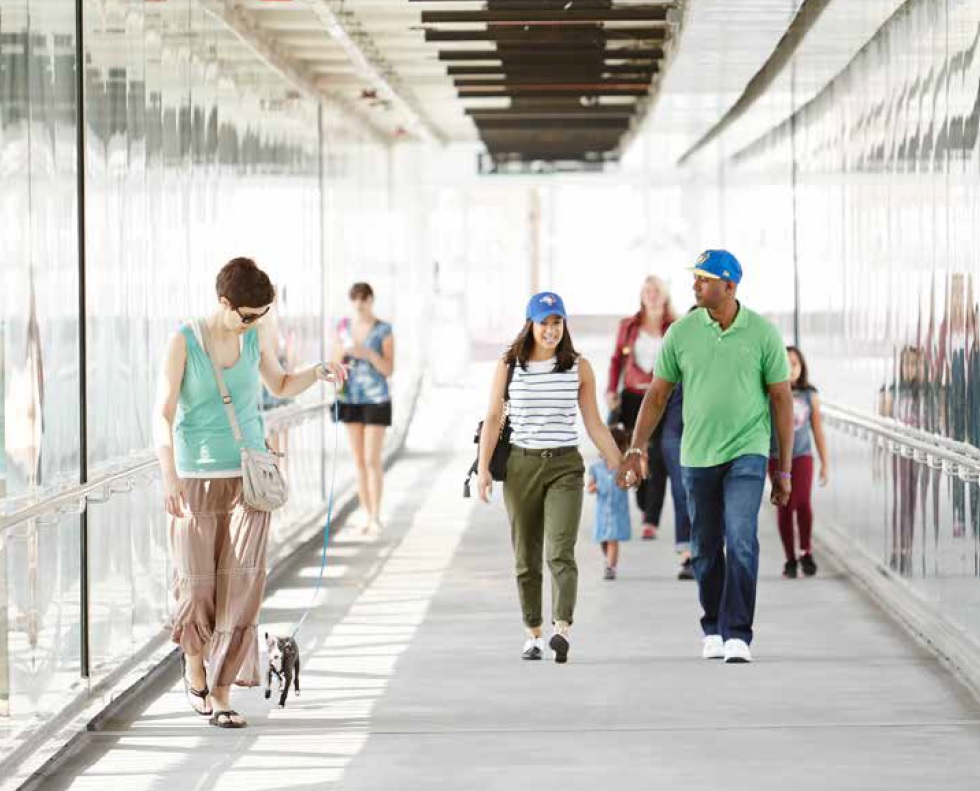Blog
Metrolinx Plans for the Future of Transportation in the Midst of Rapid Change
October 18, 2018With its flying DeLorean and flux capacitor, the Back to the Future film trilogy set the bar for the future of transportation. That was 30 years ago! Moving around hasn’t exactly come to that yet, but the world today is changing fast and planning ahead means adjusting to what is happening now.
Metrolinx has long understood that the future is full of uncertainty and possibility. In preparing our 2041 Regional Transportation Plan, we realized that improved connectivity and changing consumer preferences require looking at different scenarios. As a result, some of the potential future solutions have been identified, but we also know they will continue to change and evolve.
Disruption is here. Just as cars reshaped cities in the 20th century, emerging transportation technologies and business models are changing metropolitan areas in the 21st century. Rapid waves of innovation have already led to major changes in lifestyle, population growth and demographics. It’s that constant and accelerated change that has now become the driving call for new urban transportation solutions.

Already, car sharing and ride sourcing are blurring the lines between public and private transportation. Municipalities have the authority to regulate private transportation companies but a GTHA-wide approach, including partnerships with mobility services, could address cross-boundary travel and provide a more seamless experience for users. In fact, Metrolinx has recently stepped into this arena with a newly announced partnership with Uber, allowing riders to connect more easily to and from UP Express, allowing for a more seamless ride.
Autonomous vehicles are likely going to have a major impact on mobility. Although there is uncertainty about how quickly this technology will be adopted, they are expected to dramatically change how people and goods are moved.
Many experts predict autonomous vehicles could make travelling easier and safer. At the same time, they will be disruptive by creating more road congestion and introduce empty vehicles driving on our streets, impacting where and how people work, which could draw customers away from transit systems.

Recognizing the impact of self-driving cars and trying to find a balance with other modes of transportation is crucial. Road capacity and design, parking and land use need to be taken into consideration. For example, there is a big opportunity to repurpose parking spaces. At the same time, these cars will need space for pick up and drop off, including at transit stations to help with that seamless connection.
Metrolinx recognizes how Mobility as a Service (MaaS) will bundle transportation choices into a single offering. No longer will there be a need for a traditional transit pass. Instead, trip planning and payment tools for different services will be brought together in one app, or something like it, to provide a seamless customer experience.
Intelligent or “smart” cities could see communities and people connected through networks with sensors in everyday objects and infrastructure. Technology will allow us to have real time information about traffic levels, demand for transit services, parking availability, waste management routes, safety and security issues.
With the data collected throughout cities, our transportation systems will allow us to intelligently schedule and time the movement of people and goods to be faster, more convenient, and more cost-efficient.

There may be worries about how automation and artificial intelligence will change the number and nature of jobs, but we expect they will also allow for new possibilities. As a result, origins, destinations and travel patterns will change as well.
Consider that Toronto’s population was about 1.3 million in 1954, when the Yonge subway was first built. Today, that line is still the main north-south transit artery for a population of 5.6-million people. More than 50 years later, we continue to be over-dependent on the decisions made two generations ago.
That’s why Metrolinx is adapting to the rapid change happening today while planning for the transportation of tomorrow. With 10-million people projected to live in our region by 2041, it’s become very real and no longer the stuff meant just for the movies.


